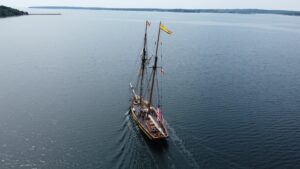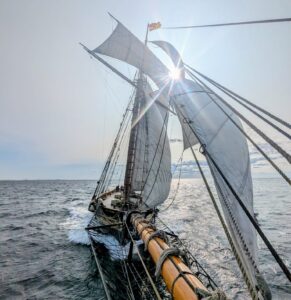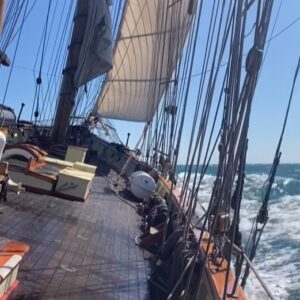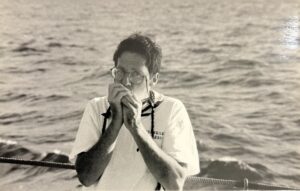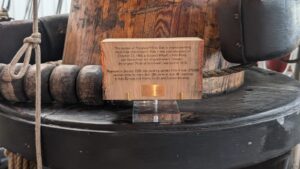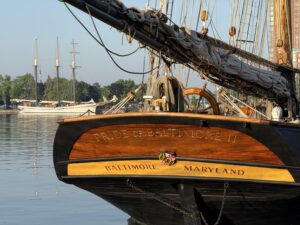
Captain’s Log | First Great Lakes Tall Ships Challenge Festival Port of 2025
Date: June 21, 2025 Location: Brockville, Ontario, Canada Getting to Brockville, the first of several ports of the 2025 Great Lakes Tall Ships Challenge Festivals, lined up by Tall Ships

